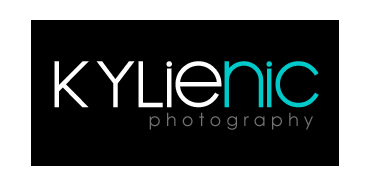I love modern art. It's a
Day 1: MOMA (where the above image was taken)
Day 2: Guggenheim
Day 3: the Met
It wasn't this simple: I actually went through each exhibit. What I like so much about modern art is the thought and intent behind it. Every movement has an ideological basis behind it. Artists are intellectuals, geniuses even. I try to absorb as much inspiration from each exhibit and movement as I can, in hopes that I can approach my own art with that sort of intent. I don't want to create simply pretty pictures- I intend for my photos to have deeper meaning, whether it's an emotional expression or connection or an ideological basis.
With my notebook in hand, I walked through the Guggenheim's Italian Futurism Exhibit, scribbling notes, thoughts and reflections as I went. Futurism appeals to be aesthetically due to its colors and geometric forms, referencing cubism and formalism. However, it goes much deeper than that. Futurists sought to place the viewer at the center of the image; they believed the viewer to be an active participant in the image. For example, in Boccioni's "The City Rises", you feel as though you are at the center of the action with the city all around you.
Or here, where you feel that you're flying with the planes:
Which leads me to another point about futurism-- its expression of dynamism + simultaneity. Artists illustrated light's movement in waves and broke down bodily movements into 2 dimensional shapes. Things occuring at two different times are now captured together through futurist techniques, as in "simultaneous self portrait".
It has an amazing ability to represent time, motion and space on a 2-dimension canvas, and was one of the first studies of how to represent just this. It has strong ties to photography, particularly stereoscopic photography + what futurists called "photodynamism". These photographs document motion over time, holding time still to capture the process motion that escapes ordinary views. It can express memories and events occuring at different points in one place through it's control over space and time. Bragaglia was at the forefront of this:
I even experimented with this without realizing its academic background. The following three images are my own:
"Ghostly Brother", Silver Gelatin Print. 2011. Kylie Nicholson.
Self Portrait. Digital Image. 2013. Kylie Nicholson.
Rhythm & Music. Silver Gelatin Print. 2010. Kylie Nicholson.
Journey of a Friend. Digital Image. 2010. Kylie Nicholson.
With these tools, futurism successfully captures psychological experience, such as in Boccioni's "States of Mind". These images are an exploration of the psychological landscape of leaving a love at the train station. They produce a visceral reaction in the viewer, both emotionally and mentally. I love images that make you think AND feel.

Which led me to reflections on space, time, and the truth of reality. [a journal entry I wrote- coming soon]
Another example: Russdo breaks down the visual and mental landscape of standing in fog, in "Solidity of Fog". We don't normally view fog as something solid, but when you represent it geometrically, it becomes both a physical and mental cloud, even barrier.
I really enjoyed the visual quality of Bendetta's "Speeding Motorboat":
I also appreciated the intent behind Balla's color and geometric shape studies, which were inspired by scientific research on color and vision. Severini explored color, light, and perception in "Spherical Expansion of Light", featuring multicolored geometry in a pointillist and cubist style. I'm all about pointillism due to its relation to digital imaging. Read about my research and thoughts on that in my last nerd post and in my summer research journal.
Alright, enough art nerding for one day. Did this catch your interest? Let's chat modern art!
Photographically yours,
Kylie








No comments:
Post a Comment